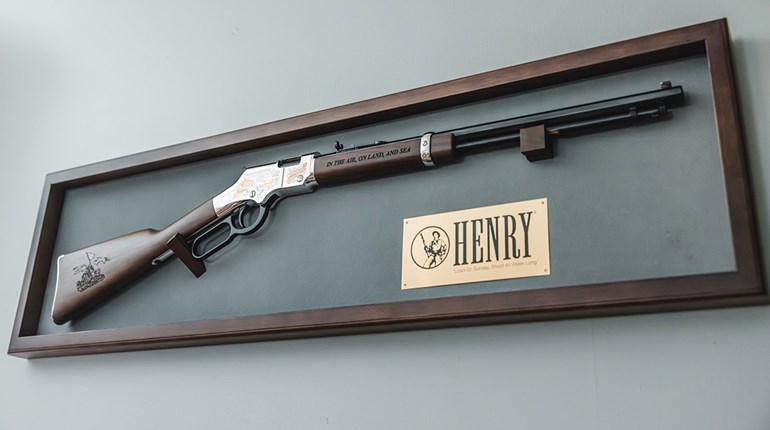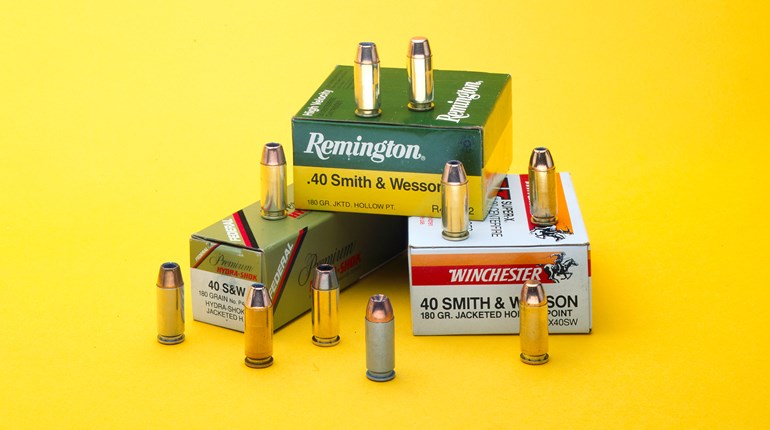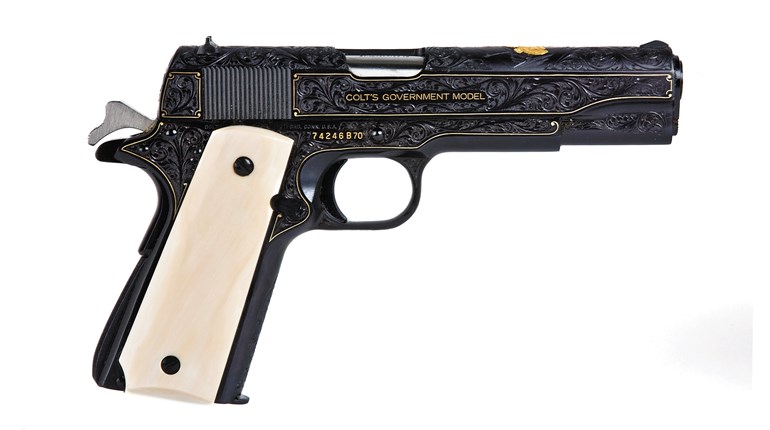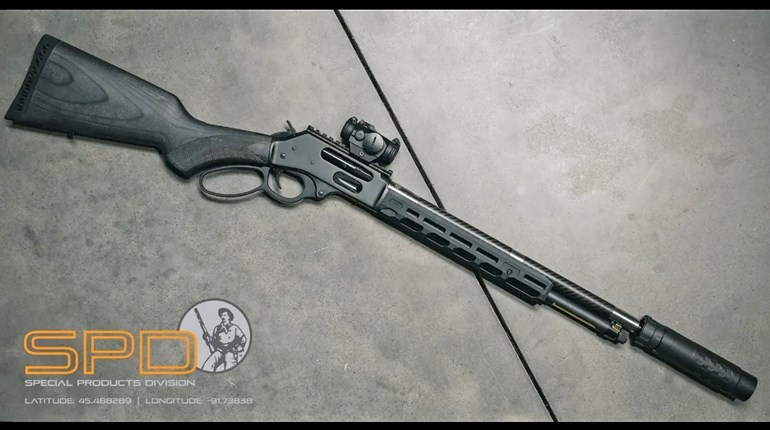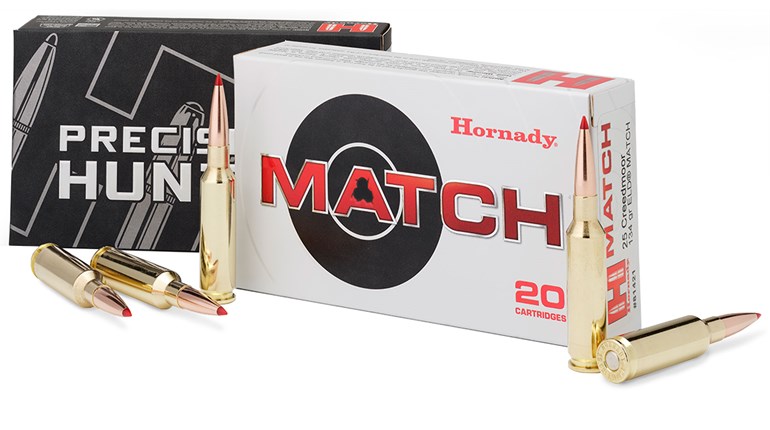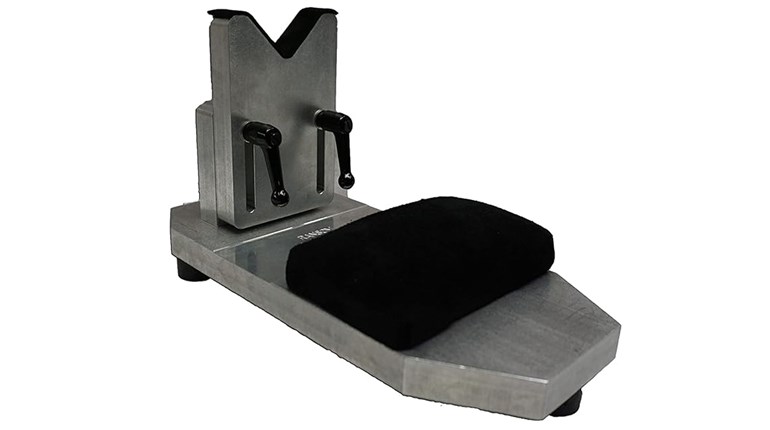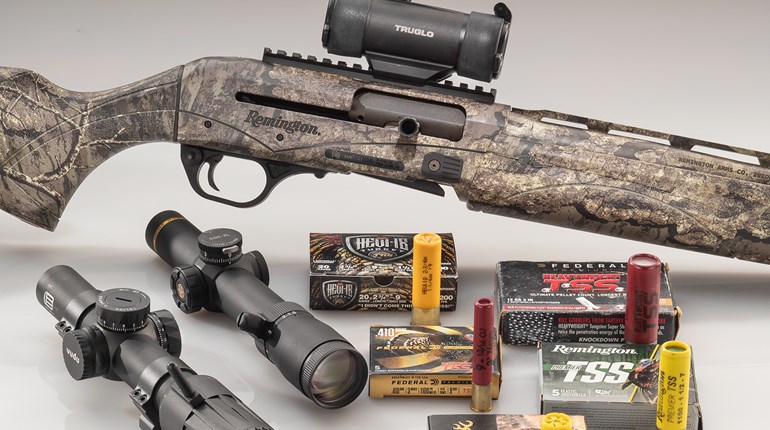
Although a propeller-driven aircraft in a jet-engine era, the A-1 Skyraider proved incredibly valuable for providing close air support during the Vietnam conflict and beyond.
This month, I am going to take up a subject about which I really know relatively little. Military aviation is a huge field—which never caught my particular interest, but always held my personal respect. I was content to be an infantry Marine, but held a deep respect for my brothers who were willing to strap themselves into a winged tube and sally forth to do battle in the questionable belief that this airfoil thing was real. My personal experience was from the viewpoint of a ground-pounder in Vietnam (1965-66), who requested support from attack aircraft on multiple occasions. I was also an avid student of Marine Corps history, which includes a long chronicle of fights where the aviators saved the day. It’s an interesting topic.
First, let’s take a look at the situation in Southeast Asia from mid-1960s to 1975. It was a war of insurgency, with roots in the French defeat of the mid-1950s. This caused the division of France’s former colonies into two countries—North and South Vietnam. The U.S. and a few allies supported the South, while communist China and the Soviet Union backed North Vietnam. Almost as soon as the division of land agreement was signed, North Vietnam began guerilla operations in the south. Ten years later, the U.S. intervened with troops. Thus, on July 1, 1965, I stepped out of a U.S. Marine helicopter into a rice paddy in South Vietnam.
My nominal enemy was a bunch of guys in black pajamas, wearing sandals made from old Michelin tires and carrying worn MAS 36 rifles from the French period. I was a member of the 1st Marine Division, well-prepared to take on the battles to come. As it happened, we spent most of our time chasing former farmers around rice paddies. But, not all the time. Every now and then, the VC got some help from the North, put together a conventional unit and fought the set-piece battle we so desperately tried to make them engage in. Prior to the war, there was plenty of documentary material available to us in regard to how the guerilla war would be fought. This was exactly what the enemy did and we were not prepared for it.
With this background, I can get a little more specific about a particular piece of ordnance. When we got into one of those face-to-face slugfests, everything was in our favor. The enemy had no air and very little in the way of supporting arms. Usually, he fought these fights with conventional infantry weapons. The helicopter gave us unparalleled mobility, and naval gunfire, conventional artillery and attack aircraft were there for close support. It almost seemed unfair, but reality has a wicked right hook. We were smacked in the face with the facts. Naval gunfire was rarely in range, particularly if the target was inland. Artillery was superb, but had to be in range and was not air-mobile. The attack aircraft available back then were simply not well-suited for this work.
The Marine Corps had an established system of putting fighter pilots alongside the infantry. This was never considered choice duty by the pilots, but it simplified the procedure for control of air strikes. The infantry commander on the ground conferred with his pilot on the ground, who then talked by radio with the pilots in the attacking airplanes. It was a concept used in the island battles of World War II, and it worked quite well. The problem was the type of aircraft.
More often than not, the target was enemy soldiers, sometimes in log bunkers. This does not require a nuclear device, nor was such ever authorized. But, the airplanes were designed for that purpose and were not really adaptable to any other. This situation improved after the first year or so, when we began to see new squadrons in country equipped with the F-4 Phantom. The basic problem then became speed—the jet airplanes were too fast for this work and could not carry a heavy load. Further, they could not carry enough fuel to stay overhead for any significant period of time. Various changes in planes, armaments and procedures improved things a bit from time to time.
I participated in a multi-battalion operation on the Ba Làng An peninsula in the fall of 1965. It was a pretty big deal, with several thousand troops and all kinds of equipment. Several days into the op, I was confronted with a disturbingly large expanse of open rice paddy. This was not an uncommon event, but it was always a problem. The footing was treacherous, the progress was glacial and there was no cover or concealment. I asked for some air cover and in due time, it showed up. It was a pair of U.S. Navy Douglas A-1 Skyraiders. This was an airplane with design origins in World War II; a massive single-engine, single-seat, propeller-driven attack fighter. While there were many versions of the A-1, most mounted four 20 mm cannons and had multiple hard points to hang on gun pods, bombs, rockets and napalm. A massive radial engine turned a big four-bladed propeller. It had a range of nearly 1,200 miles and could stay overhead for a long time. It was the ideal airplane for close support, and I wanted a pair for my very own. On that day, they shepherded us across the open ground. They accepted our thanks and flew away. On an earlier occasion, I had a brief glimpse of another one, but this Navy A-1 was the most impressive airplane I have ever seen.
A propeller-engine fighter in the jet age? Not likely. The A-1 picked up the nickname of “Spad” for another old, slow, effective propeller fighter—this one from the Eddie Rickenbacker days of World War I. To me, it was fine fightin’ iron.












